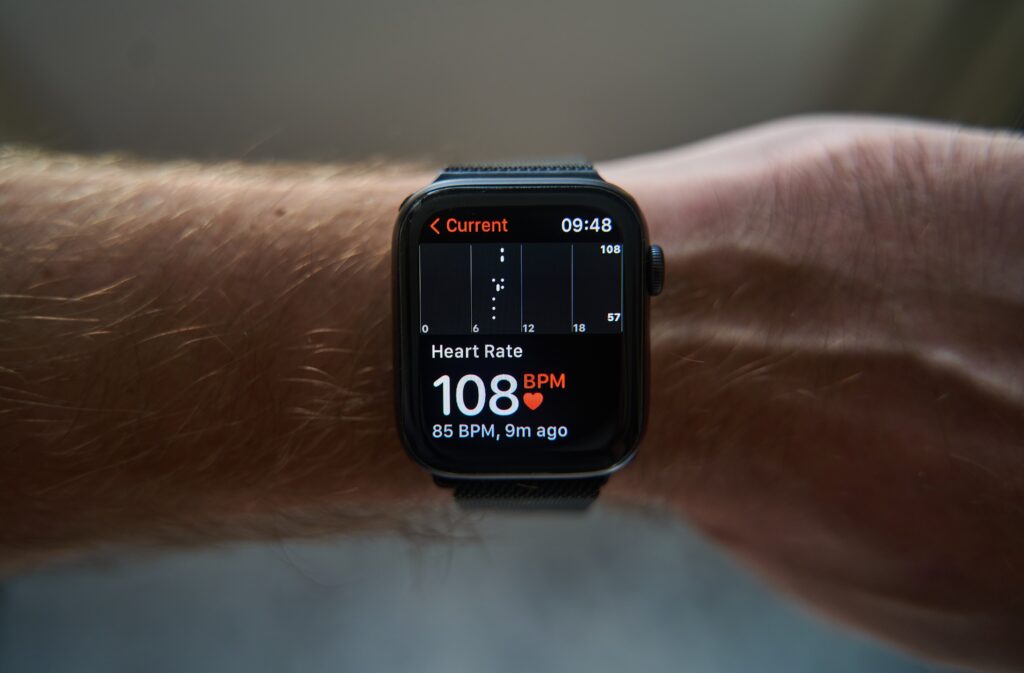Got COVID? Want to learn how to prepare for COVID surges and reduce your risk of Long COVID? Click here
With the COVID-19 pandemic, much of the focus has been on the SARS-CoV-2 virus and subsequent infections, including case rates, hospitalizations, and deaths. However, many patients continue to experience symptoms or develop new symptoms after recovery, including post-exertional malaise (PEM). As a common symptom of Long COVID and ME/CFS, patients with post-exertional malaise must learn how to manage this new symptom. Pacing is a treatment technique that enables patients to balance their activities with rest, allowing them to get some control over their symptoms.
What is Pacing?
When you have post-exertional malaise, even the smallest amount of physical or mental activity can cause your symptoms to flare, leaving many people unable to function. These symptoms often do not hit right away, but 12-48 hours after activity. This delayed response can make it difficult to determine when you have done too much.
Pacing is a treatment strategy that helps you balance your activity with rest in order to avoid post-exertional malaise (PEM), a flare of symptoms, and/or the appearance of new symptoms after physical or cognitive exertion. With post-exertional malaise, you will likely need to make lifestyle changes to allow you to stay within your energy limits, and pacing helps you do just that. Pacing means:
- Checking in with your body to see how much energy you have and how severe your symptoms are
- Increasing or decreasing your activity based off of what you find
Pacing is not one event, but a process people with energy-limiting diseases engage in all the time. If your symptoms were worse one day, you would decrease your activities that day. If your symptoms were improving for awhile, you might be able to do more.
Pacing also involves interspersing activity with rest. Sometimes, pacing means resting at what feels like “in the middle” of activity: for instance, pre-cutting vegetables before you cook, folding a few items of laundry at a time, or stopping frequently to rest during a walk.
Before we go into each section of pacing, you must realize that every person with post-exertional malaise is different. Everyone’s energy reserves are unique and what one person can do with no symptoms may leave another in bed for days. There is no one-size-fits-all map to follow when it comes to pacing and you must learn what works best for you.
Defining YOUR Current Limits
The initial step to pacing is finding your baseline of symptoms (those you experience on a good day) and finding your limits when it comes to activities (activity levels that do not trigger symptoms). Be prepared as this step will be filled with trial and error and, unfortunately, a lot of days when you accidentally push too far.
To identify your baseline, you must think of your symptoms on a good day, before you become active. What are your symptoms like when you do nothing? This is your baseline. From here, you can learn what causes changes in your symptoms? These can be activities that are physical in nature, mental activities, fragrances, and medications. Your goal is to figure out what activities trigger an increase or worsening of symptoms. Determine which activities are just no longer an option and which you can do in moderation or with breaks.
It may be challenging to determine your baseline if every day feels different! In a disease like ME/CFS or Long COVID, it may feel like there is no such thing as an ‘average day’ or a ‘good day’. Aim for a day when you wake up feeling better than you normally do to determine your baseline. Keep in mind that your baseline can change over time.

Tips for Determining Your Current Limits
During this stage, keeping a journal can help you get a clear picture of what works for you. Keep track of your energy levels each day. What activities push you past your limits? How much rest do you need each day to stay within your limits? How long can you carry on an activity before you need to rest? Do you have any symptoms that occur right before you go past your limit? What signs signal you are close to your limit? Some tips to consider include:
- Track your steps – Using a wearable, such as a Fitbit, can help you track your daily steps. Keeping a record of your daily steps can help you determine where a good range is for you.
- Track your heart rate – Many people with PEM experience relapses when their heart rate exceeds a certain rate. Keeping track of your heart rate allows you to connect an increased heart rate with symptoms. This allows you to set a maximum heart rate within your limit.
- Identify activities that are too much – keep track of which activities trigger symptoms. While these can be physical activities, mental and emotional activities, such as watching television or a simple phone call with a friend can often push you past your limit.
Adapting to YOUR Limits and Pacing
Once you have established your baseline and your energy limits, the goal of pacing is to adapt your daily activities to stay within those limits. Some important strategies to consider include:
- Know your limits – Now that you have established limits, you must strive to keep your activities within those limits in order to avoid a symptom flare.
- Don’t push yourself – Limits will vary day to day so if you are feeling the effects of your activities, don’t push yourself. While you may feel you are within your established limits, listening to your body is essential. You may have some stress or things going on you aren’t aware of and don’t want to go over your limits.
- Keep your heart rate down – Keep an eye on your wearable and watch your heart rate. If you have the option, set an alarm that goes off when your heart rate goes over your limit. The average heart rate limit is 220 minus your age multiplied by 0.55, though you may find yours is lower.
- Always make time for rest – Any form of activity will require rest in order to provide balance. Set time during the day to rest, even if it feels like rest “in the middle” of an activity.
- Adapt activities as needed – Adapting certain activities or using adaptive equipment can also help reduce your energy levels while still allowing you to complete certain activities. For example, when cooking dinner use a high-leg chair or bar stool to sit instead of standing. When grocery shopping, use the electric wheelchair shopping carts instead of pushing a cart while walking.
- Plan your days ahead when possible – Try and plan your days and weeks ahead of time as best you can. For example, if you know that you have a doctor’s appointment on Wednesday that will require showering, driving, attending the appointment, and possibly picking up medications afterward, try and leave Tuesday and Thursday open for rest days. In addition, try not to pile up too many activities in one day. Spread out things during the week and be sure to schedule time for rest.
- Prioritize your day – If you have a lot of activities you need to do each week, prioritize your activities and perform the most important activities first. If you still have the energy within your limits after they are complete, continue down your list.
- STICK to your LIMITS – If you were an active person before post-exertional malaise, it can be difficult to hold yourself back and stick to your limits, especially on days when you are feeling good. It can be easy to try and push yourself to your previous level of activity and, while you may feel okay doing more activity, you will likely pay for it tomorrow or the next day with a big increase in symptoms and intensity that could last for days or weeks.
Count Your Spoons
To better understand pacing, Christine Miserandino from But You Don’t Look Sick created The Spoon Theory. This helps to better understand what it is like to live with a chronic condition. While Miserandino has lupus, the idea of pacing remains similar. The spoon theory uses spoons to represent your available energy for each day. Every day you start out with your normal number of spoons. As you do an activity, a spoon is taken away.
Unfortunately, things like poor sleep or cold can take away spoons before your day even starts. This will limit the number of activities you can do in a day. Simple activities, such as getting out of bed or getting dressed, can eliminate spoons before you even start your day. What this shows, in terms of pacing, is you truly need to think about your limits. Plan which activities you can do each day in order to stay within those limits.
Expanding YOUR Limits
Over time, living consistently within your limits may allow you to expand your limits without triggering PEM. However, any steps to expand your limits must be done with care and very slowly. If your PEM symptoms return with increased activity, reduce back to your previous activity levels immediately.
If your current level of activity is triggering PEM, you may have to rethink your limits and decrease your activity.

Get updates
Join our mailing list



